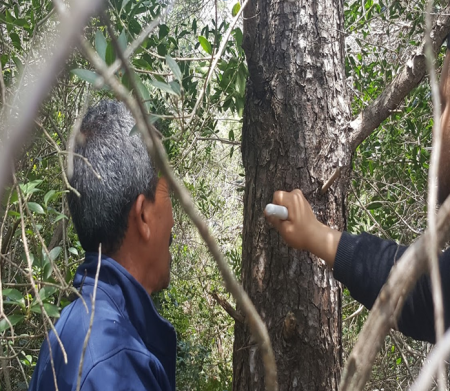
Objective:
Resin is a natural product that has multiple applications and is highly demanded in the chemical industry. As a non-timber forest product, exploitation of the abundant pine resin in Tunisian forests (50% of the forest area) can contribute to a bioeconomy and can generate additional income for forest populations.
Context:
The valuation of pine species and their derivatives can contribute to the economic development and a gain in foreign exchange. In this context, the present study was conducted in order to:
Explore the knowledge and best practices of tapping techniques to get the best performance,
Evaluate the biological performance of the gemstone by studying the antimicrobial and antioxidant activity of the three pine species.
For the evaluation of the biological activity of pine resin, it is necessary to resort to appropriate biological tests based on antibacterial activity and antioxidant activity.
Contacts:
Hmaidi Bilel, bilelhmaidi04@gmail.com , http://www.isptabarka.agrinet.tn/
Ben Salem Emna, emnabensalemmoodle17@gmail.com, http://www.isptabarka.agrinet.tn/
Mokhtar Baraket, moktar.baraket@gmail.com, http://www.inrgref.agrinet.tn/
Aloui Foued, foued.aloui@gmail.com, http://www.isptabarka.agrinet.tn/
Further information:
Dahmane M. 1986. Les produits du pin d'Alep en Tunisie. Options Méditerranéennes, 157- 161.